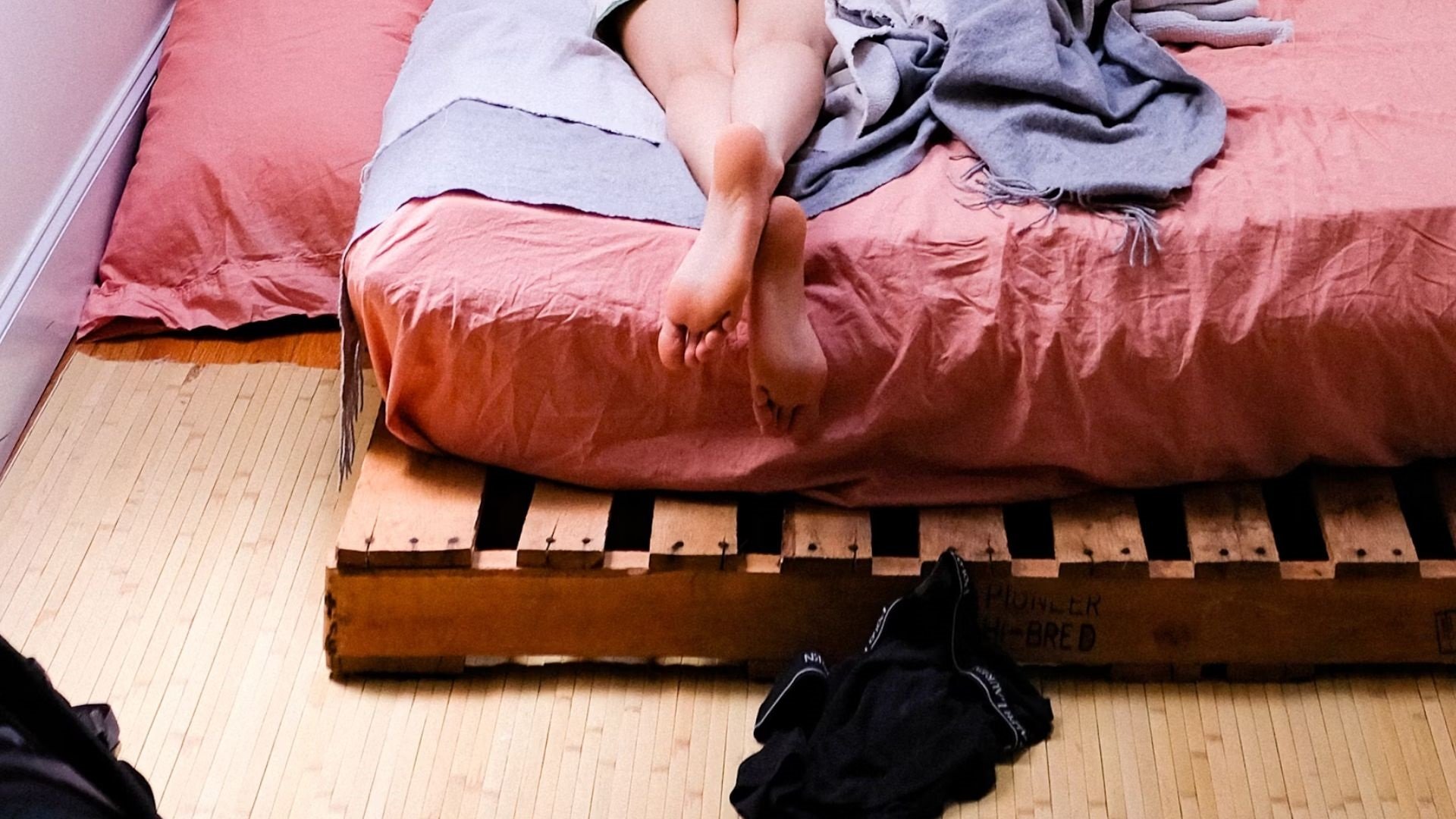
The first female condom was approved for sale in the United States by the Food and Drug Administration (FDA) in 1993, and is still available in that country and others, though it can be difficult to find. It is a polyurethane sheath about 6.5 inches long, with a flexible ring at each end. A newer version of the condom is made of nitrile, which is less expensive to make than polyurethane; once it has been FDA-approved, the U.S. Agency for International Development plans to replace the current female condom with the nitrile condom for its aid programs. A latex version of the female condom has also been developed, but it has not yet received FDA approval.
Oxfam, a grouping of organizations working to alleviate poverty and injustice, charged in a report at the conference that a lack of promotion for and research into female condoms had left women vulnerable to HIV/AIDS, other STDs and unwanted pregnancies.
Cost has also been an obstacle.
Carlos Zarco, director of Rostros y Voces, the observer member of Oxfam International in Mexico, said: "The female condom is 18 times more expensive than a male condom. It's obvious why women are not using it more."
On drugstore.com, five female condoms cost a hefty $17.89 compared with the $7.19 charged for 12 men's condoms.
Where female condoms have been made available, they've proven to be an effective defense in sexual matters.
Daisy Nyamukaba works with the United Nations Population Fund (UNFPA) in Zimbabwe, a country that has seen a decline in new AIDS cases thanks to the promotion of changes in sexual behavior like having fewer sexual partners. Female condoms are a part of UNFPA's HIV/AIDS prevention programming in Zimbabwe, Nyamukaba said, and they are well-received by many of the women who use them. The program has been so successful that they are now hearing from men and women who are purchasing condoms themselves, not just receiving them from UNFPA for free.
"We can be almost assured those people are going to be using it," Nyamukaba said, "because people are paying for it."
For many women, the most significant benefit of a female condom is that it gives them an extra measure of control over birth control and STD prevention, Nyamukaba said. That's particularly important for women in cultures where they do not traditionally hold equal power to men: It gives a woman an option when her male partner does not want to wear a condom himself. It can also lead to valuable discussions about sex and health, she said. "It can be used to open discussion between couples."
But obstacles remain. Besides the cost, some people balk at using the condoms because they are less familiar than the more widely used male condoms. Religious objections to birth control are also a challenge, Nyamukaba. And though the female condom is commercially available for sale in 10 countries and popular in places like Zimbabwe, Brazil and South Africa, it is difficult to find in other parts of the world, according to Avert, an international AIDS charity.
In 2007, 25.9 million female condoms were sold worldwide, an increase from 14 million in 2005, according to Avert. But many of those condoms were purchased by aid agencies and not individual consumers and female condoms still account for only 0.2 percent of global condom use.
Oxfam's recent report recommends that all governments and aid agencies include the female condom in their family-planning and AIDS prevention programs and in funding proposals to the U.S. President's Emergency Plan for AIDS Relief (PEPFAR), the Global Fund and UNITAID.
"The female condom is the only method that women have to protect themselves. It has been embraced in many countries and cultures, it works and it is cost-effective" Oxfam's Karimi said. "Political leadership and funding are needed now. No more excuses."
Are you a fan of the female condom? Tell us all about it in the comment box below.




 Publications
Publications
 Partners
Partners










